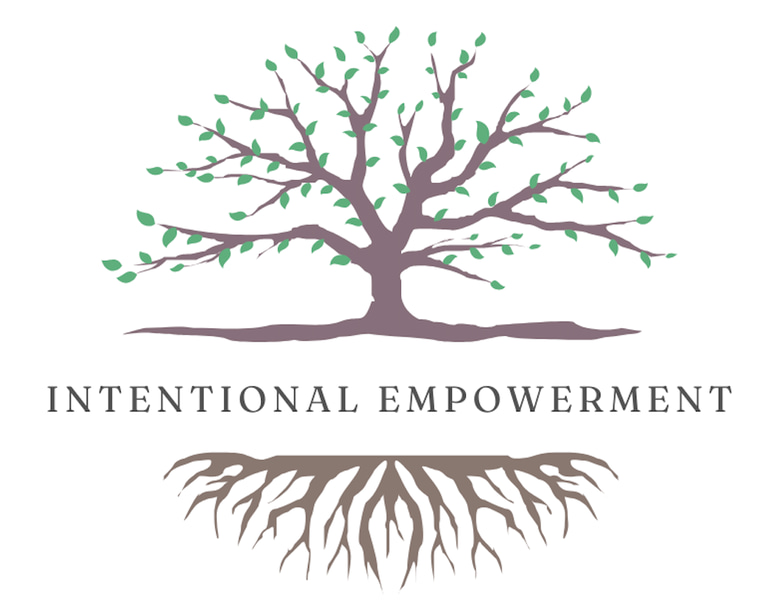Job Hunting in 2025: Spotting Ethical Postings and Avoiding AI Hiring Pitfalls
Wondering how to tell if a job posting is legit? This guide breaks down what ethical job listings should include, from salary transparency to AI hiring filters, and how to avoid red flags, vague roles, and bait-and-switch tactics in your job search.
Jess Sumerak
8/8/20253 min read


How to Spot an Ethical Job Posting (and Avoid the Traps)
Why transparency, clarity, and respect should be the baseline in hiring, and how job seekers can protect themselves.
In a healthy hiring process, both sides have the same goal: to find a strong, sustainable fit. Unfortunately, too many job postings work against that goal, whether intentionally or through outdated practices. Here’s what to look for when deciding whether to apply, and why these points matter for both job seekers and employers who want to attract the right talent.
1. The Salary Should Be Transparently Posted
Why it matters:
Without salary information, candidates can’t make an informed decision about whether the role is viable for them.
Pay transparency helps close wage gaps that disproportionately affect women, minorities, and neurodivergent candidates.
It signals honesty and respect for applicants’ time.
Employer takeaway: If you’re worried that posting your salary will put you at a competitive disadvantage, ask yourself why, and whether the real issue is internal pay equity.
2. Watch for Salary Outliers
Why it matters:
If a salary is far below the market rate for the role and industry, it’s a sign that the company either doesn’t understand the market or doesn’t value the work appropriately.
If it’s far above market rate without explanation, it could be a bait tactic to attract applicants before offering a lower number.
Employer takeaway: Benchmark your salaries against reliable data. Unrealistic pay, on either end, damages trust.
3. Beware of “Application Bait”
Some job postings aren’t real openings at all. They’re just an excuse to add you to a mailing list or “talent network.”
Common culprits: Certain staffing agencies (like Robert Half) and some job boards or aggregators that repost outdated or filled roles to capture candidate info.
Why it matters:
Wastes your time and builds false hope.
Creates noise in your job search that hides real opportunities.
Employer takeaway: Only post when you’re actively hiring. Your brand is worth more than an inflated candidate database.
4. Minimum Requirements Should Be Truly “Minimum”
Why it matters:
A job posting should reflect the skills that are absolutely essential and cannot be taught on the job, typically KPIs tied directly to business success.
Overstuffing the list with “nice-to-haves” or an unrealistic wishlist screens out excellent candidates who could thrive with onboarding and support.
Many companies now use AI-powered ATS to scan resumes before a human ever sees them. If the posting is vague or overloaded with “wish list” requirements, AI may automatically reject strong candidates who don’t match every keyword.
Employer takeaway: If you want a diverse talent pool, stop writing roles for the one-in-a-million unicorn. Focus on what’s truly necessary.
5. The Hiring Process Should Be Outlined Up Front
Why it matters:
Applicants can plan accordingly if they know the number of interviews, types of assessments, and expected timelines.
Transparency here signals respect and operational maturity.
Some companies also use AI chatbots or one-way video interview screeners, which can be impersonal and introduce bias if not carefully monitored.
Employer takeaway: Listing your process sets you apart instantly. It’s a small act of courtesy with a big payoff in candidate trust.
6. Other Ethical Elements to Look For
Clear reporting structure — You should know who you’ll report to and whether you’ll manage others.
Accurate title-to-scope match — Don’t call it “VP” if it’s really an individual contributor role.
Realistic workload — “Wearing many hats” is fine, but it shouldn’t combine three jobs without extra pay.
Benefits transparency — Avoid vague “competitive package” language. State what you actually offer.
Actionable equity statement — Inclusion isn’t just boilerplate; show how you implement it.
Red Flags That Deserve a Second Look
No salary + evasive when asked
“Unlimited” responsibilities without clear boundaries
Years-of-experience requirements that aren’t even possible (e.g., 8 years with a tool that’s 5 years old)
Constant reposting of the same job every 1–2 weeks
“Urgently hiring” roles that sit open for months
The Bottom Line
An ethical job posting respects the applicant’s time, gives enough information to make an informed decision, and reflects only the skills truly needed for success. Anything less is either an outdated hiring practice or a deliberate choice to keep candidates in the dark.
And to job seekers: The hiring process should be a two-way street. You’re evaluating them as much as they’re evaluating you. If a posting leaves you guessing about salary, scope, or process, it’s a red flag.
Your turn: What’s the biggest frustration you’ve run into during a job search? What do you wish every job posting included up front?
Intentional Empowerment, LLC
Empowering people-first, Research based, business strategy & employee well-being
© 2025 Intentional Empowerment. All rights reserved.
Follow us on social
Have a question? We're here to help.
📧 jessicasumerak@gmail.com
📍 Twinsburg, OH (Serving clients nationwide)
